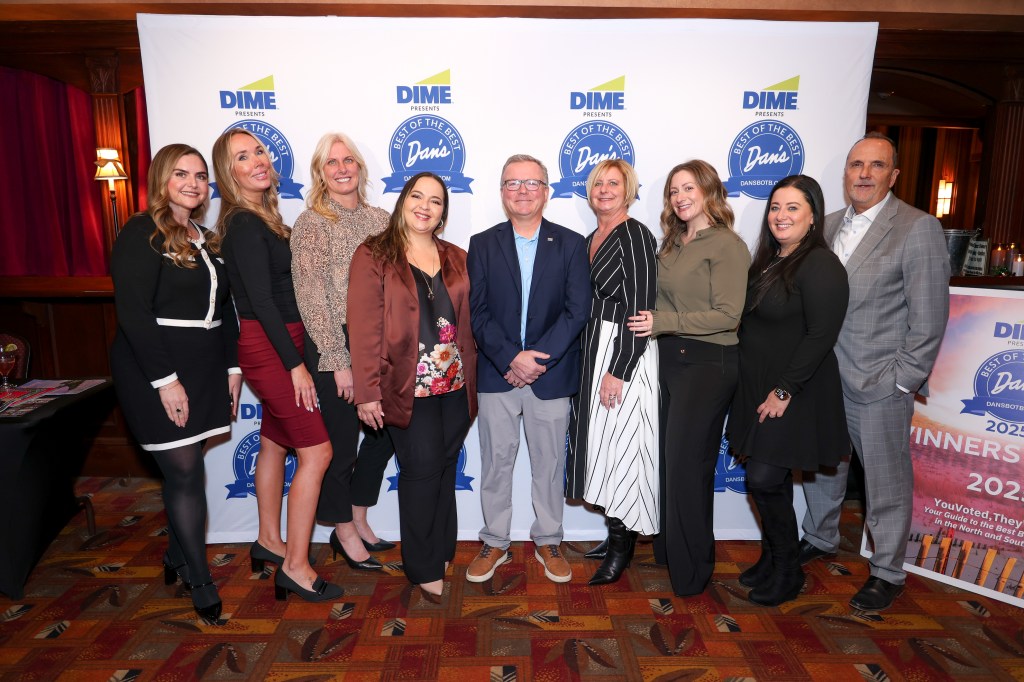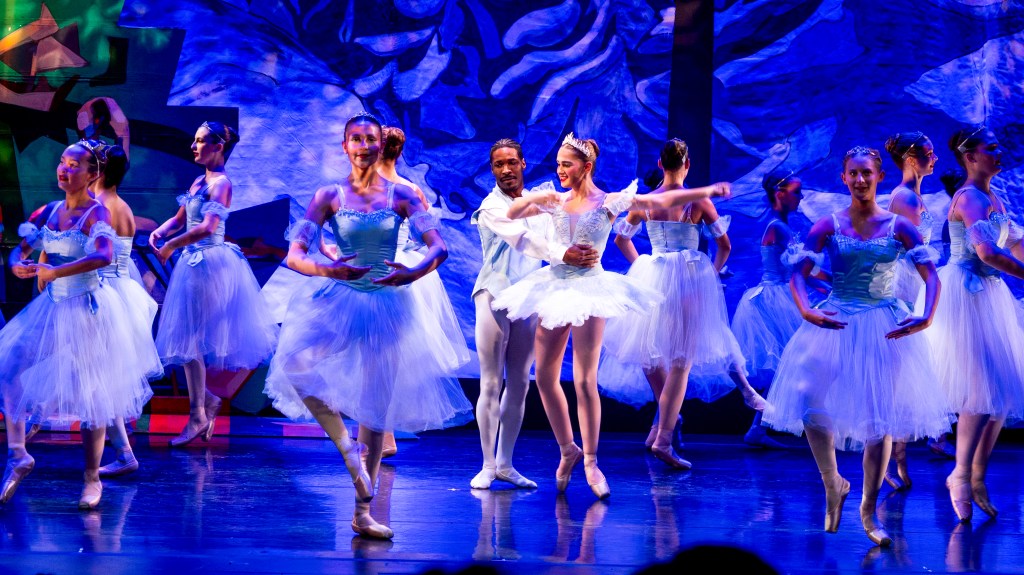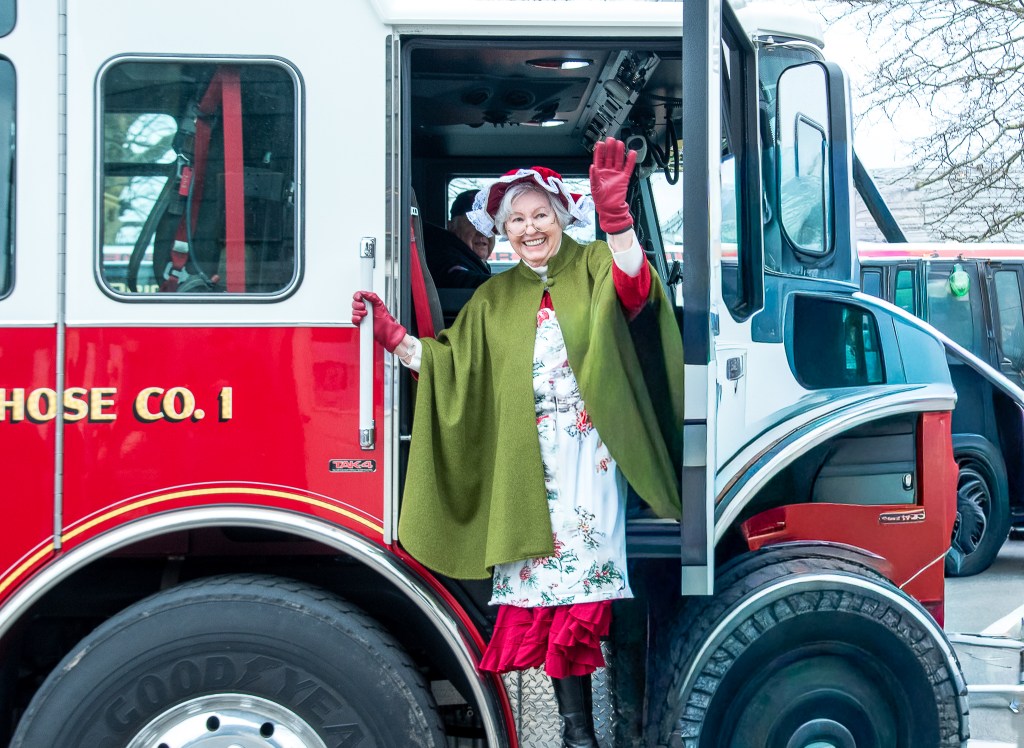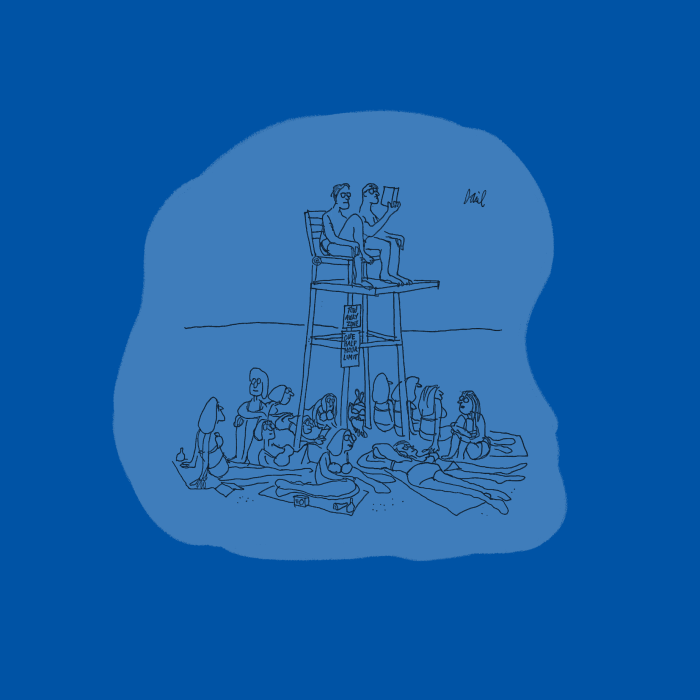Explore Americana at Two Bridgehampton Museum Exhibitions
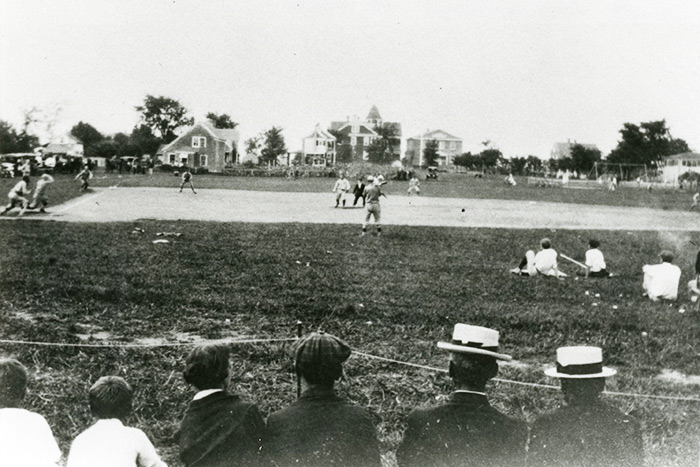
What is a politician, if not a product—a brand meticulously curated, focus-grouped, polished to a shine and rolled out for mass consumption voting? We might not want to believe it, but our elected leaders, from congresspeople to presidents are no different than, say, Coke or Pepsi. Through marketing and mass campaign advertising, consumers voters are made to feel a certain way and therefore purchase vote for a certain candidate, who, through the aforementioned curating, is made to embody that feeling. They sell the idea, and we do what good Americans do—buy, buy, buy.
On display now at the Bridgehampton Museum, Corwith House, Path to the Presidency, George Washington to Donald Trump, illustrates the historically powerful role of mass-market campaign advertising in American elections. It does so with unique campaign objects such as ceramics, flags, posters, parade lanterns, games, stickers and more—all of which provide tangible insight into how and why our leaders became our leaders.
The exhibition is housed in three rooms of the historic house. The first room features artifacts from early American elections, including a top hat emblazoned with the name Monroe as well as John Adams’s presidential parade torch from 1796. The torches, visitors learn, were common practice in 19th-century campaigns. A second room holds memorabilia from Honest Abe Lincoln to Woodrow Wilson, including decidedly large posters and Teddy Roosevelt campaign buttons. A third room displays modern political paraphernalia including lawn signs, rolls of toilet paper with candidates’ faces, bobble heads, condoms and, of course, one of those “Make America Great Again” hats.
Just down the road, at the museum’s Archives Building at 2539-A Montauk Highway, For the Love of the Game, an exhibition that celebrates the history of our national pastime through a local lens, is also on display. A timeline starts the tour in 1791, with one the earliest known references to baseball. It proceeds through the 1845 rule preventing players from throwing balls at a runner rounding bases (which resulted in the runner having to be tagged out); the first true baseball game in 1846; the first professional, paid team from 1869; the establishment of the National League in 1876 and the American in 1900; the first ever high-five in 1977; etc.
Museum-goers will also discover a British transplant to Noyac, Henry Chadwick, often called the “father of baseball,” who is credited with creating box scores and the abbreviation for strikeouts, the K, among other statistical categories so important to today’s game, including batting average and ERA.
There is also, as noted, a local history. Most prominently displayed is an example of an original jersey worn by the White Eagles, a semi-pro team formed by the Yastrzemski and other local families in 1930s Bridgehampton. There’s also a jersey that may or may not have been worn by Carl Yastrzemski himself during his time in Bridgehampton. Museum-goers should pay careful attention to a photo of Yaz just to the right of the physical jersey to judge for themselves. Blown-up historical photos show the Quogue Field Club team from 1890, the Fahy’s Watchcase Factory Base Ball Club from 1895 and a game being played in Quogue in 1939. A box score from the first organized baseball game in Sag Harbor 150 years ago shows a final score 38–25. There’s also a short timeline of the Bridgehampton Little League field starting with its founding in 1907 as a parcel purchased from Henry Halsey by the Bridgehampton School District.
So get out there, good Americans! History is all around and these FREE exhibitions are sure to enrich your summer experience on the East End.
For more information on these exhibits at the Bridgehampton Museum, Call 631-537-1088 or visit bridgehamptonhistoricalsociety.org.
